As one of the biggest and oldest countries in the world, China boasts endless fascinating places for travellers (and locals alike) to visit to their heart’s content. Most of these places have great historical value, and it is not surprising to hear that there are a total of 53 UNESCO World Heritage Sites in China alone.
Lijiang Old Town is not only one of the 53 World Heritage Sites listed by UNESCO, but it is also one of the four best-preserved ancient cities in China. The Lijiang Old Town in fact comprises of three districts of ancient towns, namely, Dayan Ancient Town, Shuhe Ancient Town, and Baisha Ancient Town.
Everywhere you turn, Lijiang looks like a scene right out of a Chinese period drama. If you’re someone who’s fond of visiting quaint yet scenic spots, you might want to put down Lijiang as one of the places to visit. Not sure what you might be able to do there? Here’s a list of the most noteworthy attractions in Lijiang Old Town.
Mufu Palace
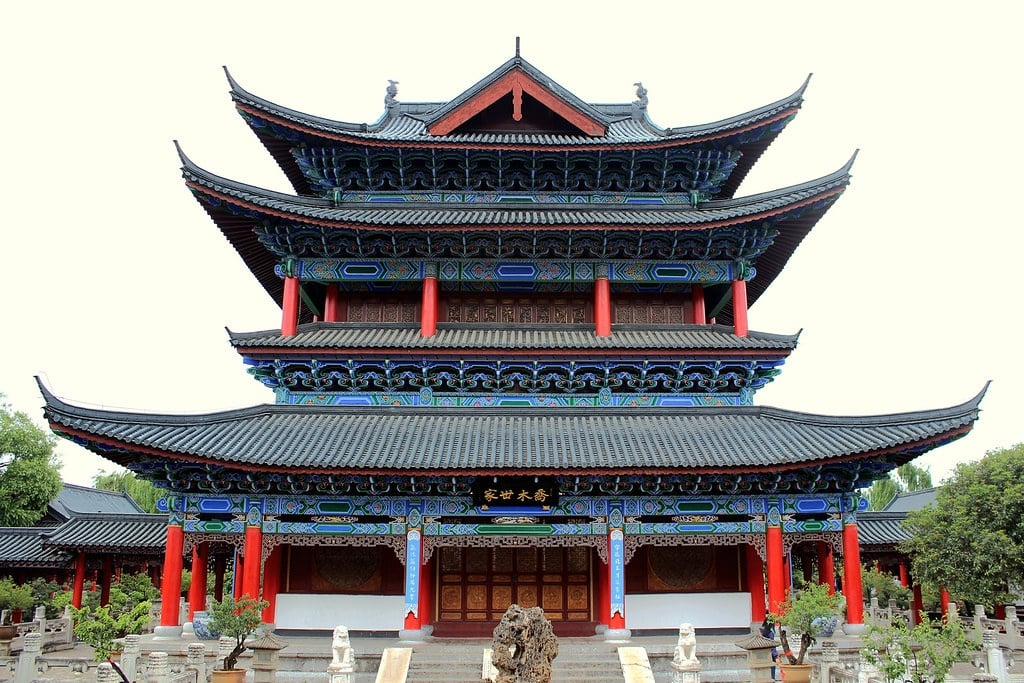
Image credit: Louise Wong
If Beijing has its Forbidden City, Lijiang has Mufu Palace. Said to be the “Forbidden City of the South”, Mufu Palace was the official residence of Tusi Mu, the Lijiang ruler during the Yuan, Ming and Qing Dynasties. This imperial palace comprises of grand buildings integrating the architectural style of the Han, Bai and Naxi people in the 13th century. Though the mansion’s original structure was destroyed by a fire and an earthquake in 1996, it was rebuilt right after. With the exquisite architecture carefully preserved, it’s easy to see why Mufu Palace is called the miniature Forbidden City.
Ticket: 60 Yuan per person
Open Hours: 09:00-17:00
Recommended Visiting Time: about 1-2 hours
Black Dragon Pool
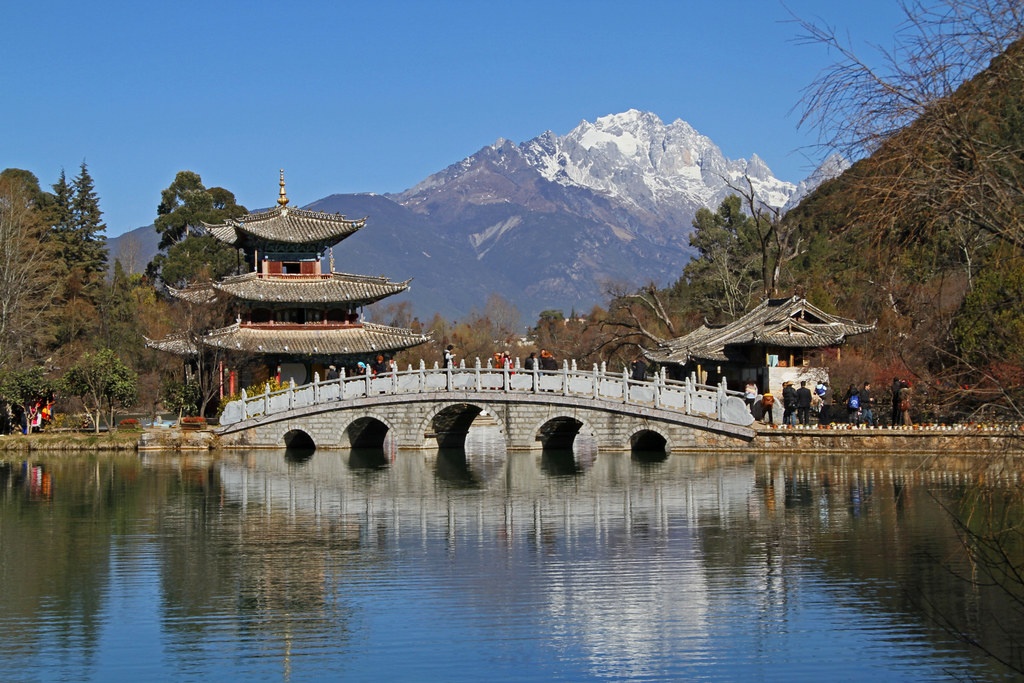
Image credit: Miltos Gikas
The Black Dragon Pool is surrounded by both man-made and natural beauty. With the Jade Dragon Snow Mountain in the background and the Five Arch bridge overlooking Black Dragon Pool, this is definitely worth a visit. Visitors who head to Lijiang definitely should not miss this beautiful spectacle.
Ticket: Included in the Lijiang Old Town Maintenance Fee
Open Hours: 07:00-21:30
Recommended Visiting Time: about 1 hour
Shuhe Ancient Town
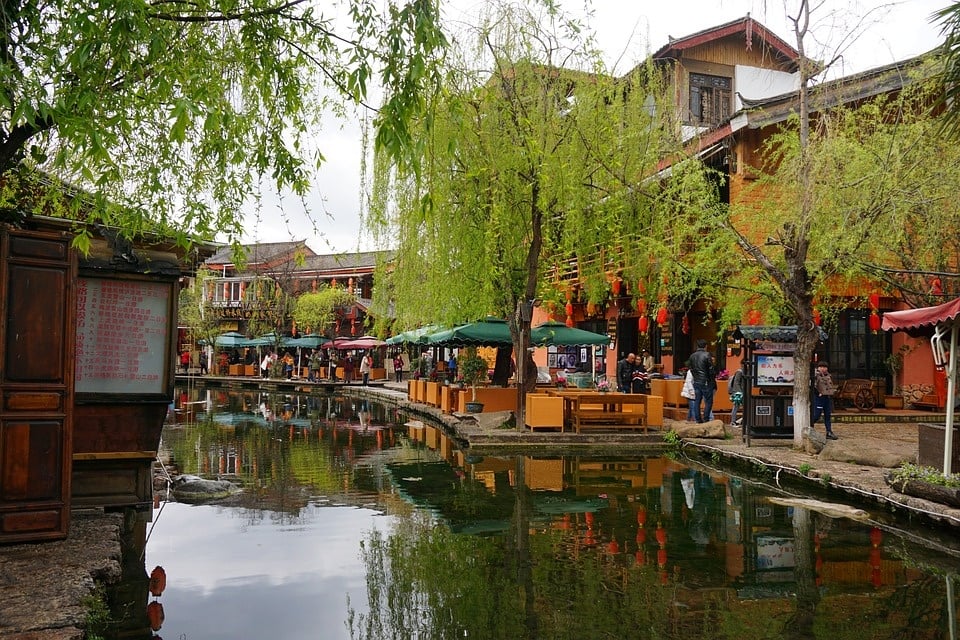
Image credit: Zhima
Although Shuhe Ancient Town isn’t as popular with tourists as Dayan Ancient Town, there are plenty of sights that are equally as beautiful as those in Dayan. Many tourists often confuse Dayan Ancient Town as the Old Town of Lijiang, when in fact it also constitutes Shuhe and Baisha as well. Dayan is, therefore, a lot more commercialised than its other two counterparts.
Perhaps because of this, Naxi culture is a lot more prominent in Shuhe than Dayan. The Naxi people are generally found in Yunnan, where Lijiang is situated, as well as Sichuan. As a minority in a majority-Han China, their culture is slowly eroding. Lijiang is one of the few places left where the Naxi culture is still heavily preserved. The Shuhe Ancient Town is definitely a place of interest for travellers curious about these minority cultures.
Ticket: 40 Yuan
Tiger Leaping Gorge
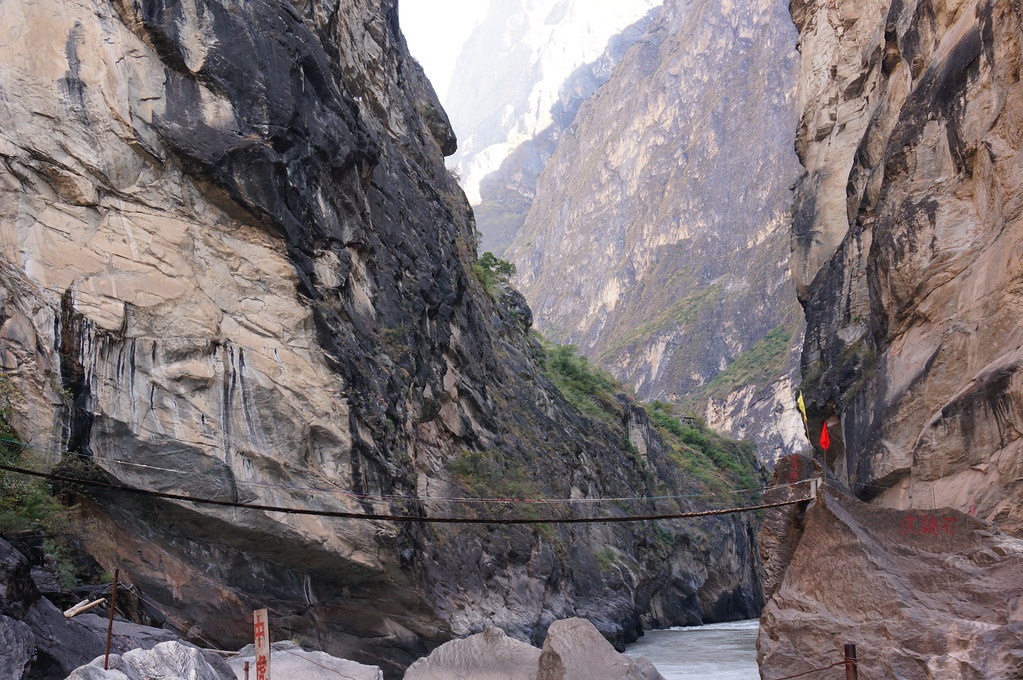
Image credit: Andrew and Annemarie
Believed to be the deepest gorge in the world, the Tiger Leaping Gorge lies between the Jade Dragon Snow Mountain and Haba Snow Mountain. For nature lovers, this gorge is sure to entice you to visit Lijiang, if the above attractions are not reason enough to do so. Considered one of the best hiking trails in China, visitors are sure to be treated to breathtaking views and scenic sights along the way.
Baisha Old Town
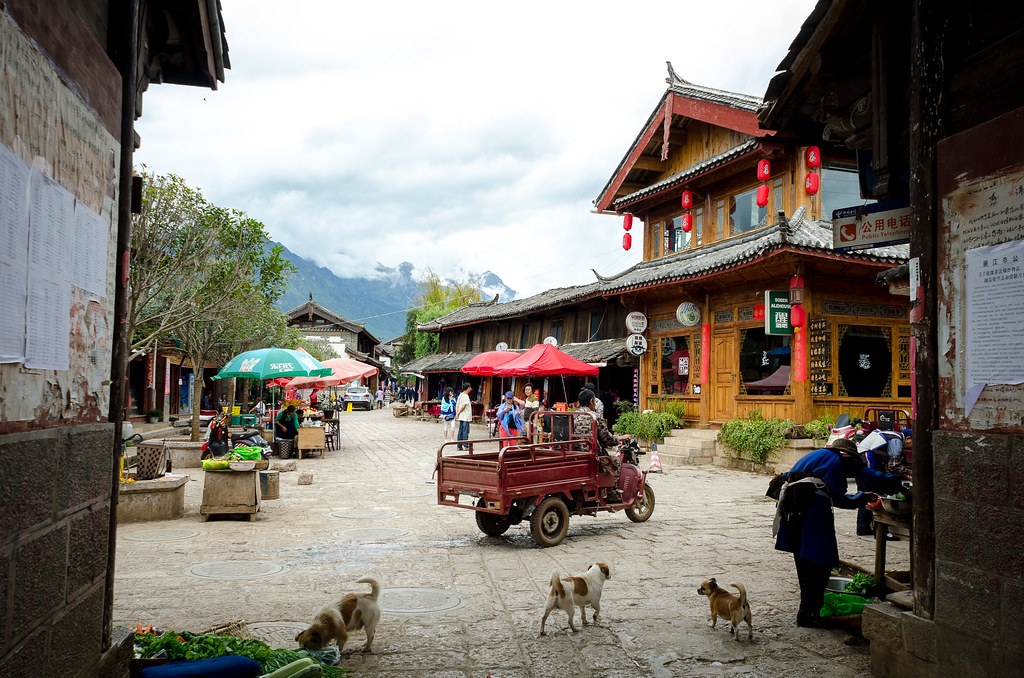
Image credit: Luca Casartelli
As the earliest settlement of the Naxi people, Baisha Old Town also contains many existing marks of the Naxi culture. One of the most famous signs would be the Baisha frescoes, situated in the Dabaoji Palace. These murals embody the artistic characteristics of Naxi, Tibetan, Han and Bai ethnic groups. Baisha is also known for its silk embroidery dating back to ancient times, and you can find a couple of embroidery schools in the village that allow you to try the craft.
How to Get There
Situated in Yunnan, Lijiang can be reached by plane, bus or car. From Kunming, Yunnan’s capital, it only takes an hour’s plane ride to reach Lijiang, where it may take eight hours to travel by bus or car.
If you opt to take the plane, there is a shuttle bus from the airport to Lijiang city. The Lijiang Sanyi airport is about 28km away from the county, and the shuttle bus only costs RMB20 and takes about 40 minutes.
To enter Lijiang Old Town, there is a small maintenance fee of RMB80, which goes towards preserving the old town. The ticket that you receive goes towards allowing you to visit most areas of Lijiang Old Town, and lasts a week. Considering the historical value that the town holds, the maintenance fee is reasonable and worth it. For travelers who enjoy exploring places of historical and cultural significance, do give Lijiang Old Town a visit.




